If you’ve wanted to know how to make a bluebird house, then this tutorial is for you. Making birdhouses is a classic woodworking project. And it’s a good feeling to know you’ve created a good, clean home for one of God’s special creatures.
To make a bluebird house you only need a few tools and materials. It’s a great weekend project and something you can get the family involved with.
I modeled my bluebird house after an old dilapidated one in my backyard. And as I finished this project, it dawned on me that I could renovate the old house and make it useable again. So that became a part 2 to this project, and I will share that toward the end. Bonus material, if you will.
Here is my tools and materials list (affiliate links):
Regular wood glue (I used Titebond-3 which is waterproof)
Wood of choice (more in the steps below)
BLACK+DECKER Mouse Detail Sander
Latex paint & brushes
Helpful books you might want to get:
Best Birdhouses for Your Backyard by Michael Berger
Audubon Birdhouse Book by Margaret Barker and Elissa Wolfs
And now — on to the tutorial:
Step 1: Decide on a Design.
I scoured the internet and looked through the books mentioned above to help me decide on a design. You could also visit stores that sell birdhouses and snap a few pictures. I finally decided to emulate a birdhouse I already had hanging on a tree in the back yard. It was old and squirrels had gnawed around the entrance hole (see photo above).
Though there are several designs, certain birds prefer specific dimensions for their choice of house. And the size of the entrance hole definitely matters. Use the internet or books I’ve previously mentioned to decide what bird or birds you want to target with your house design. For this tutorial, we are targeting the beautiful Bluebird species.
Step 2: Choose a wood.
I had a red oak board lying around the shop so, I decided to use it for this project. Although oak isn’t insect resistant, it should hold up pretty well the next few years. One con though with using oak: it was a fairly heavy birdhouse when finished. The old birdhouse was made of cedar which is much more resistant to insects and rot. The cedar house also weighs a lot less.
You can easily acquire the cedar or the red oak at your local home improvement stores. If you use the cedar, just be aware that it splits more easily. But if you use a nail gun that may not be a big issue. If you use wood screws, however, you will probably want to drill some pilot holes.
No one says you can’t use pine. It’s the cheaper option, but may not hold up as long. I’ve used pine for bird houses in the past and they do deteriorate a lot faster.
Other woods mentioned in my research: Cyprus, Douglass Fir, Redwood.
I almost forgot — DON’T use treated wood! The chemicals may be toxic to young birds.
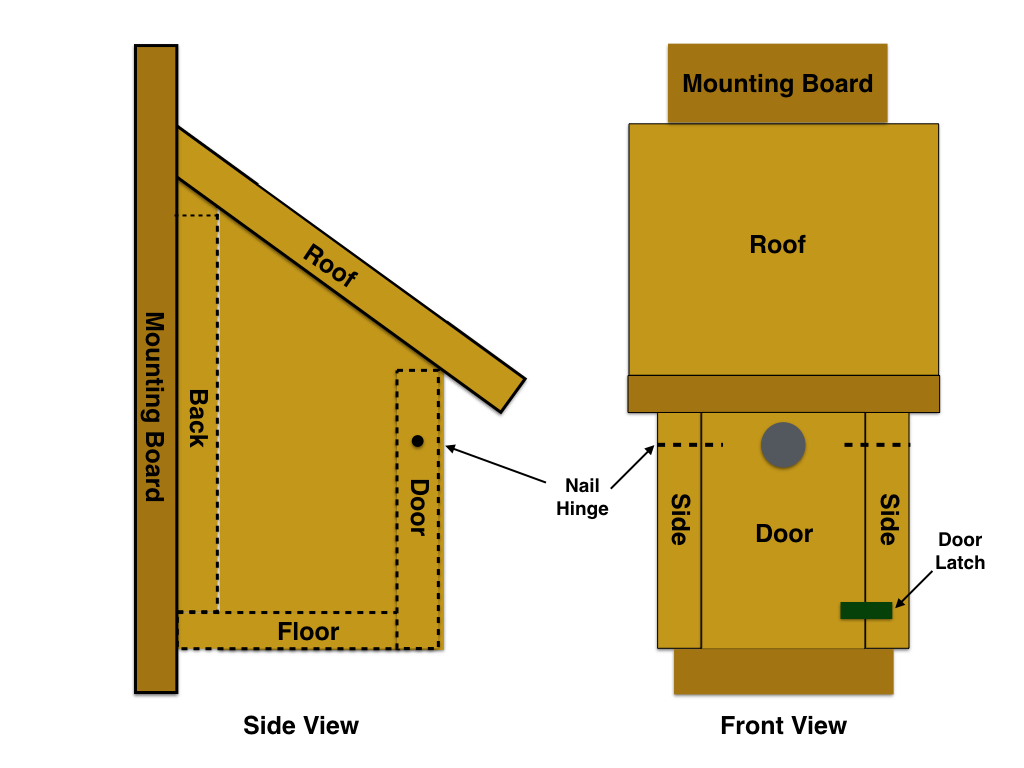
Step 3: Plans and Dimensions.
I decided to work with the one oak board I had on hand. Yes, this is a one-board project! This board’s dimensions were 3/4 inch thick, by 5 ft long, by 5 ft, 5 inches wide. The dimensions of the birdhouse:
Front door: 4.75 inches wide by 8 inches long. Hole 2 inches down from top, 1.5 inch diameter.
Back: 12 inches long by 4.75 inches wide.
Mounting board: 17 inches long by 5.5 inches wide.
Roof: 9.75 inches long by 7.75 inches wide (this is two boards butted together)
Floor: 4.5 inches long by 4.75 inches wide. (drilled 4 – 3/8 drainage holes)
Each side: 45 degree miter, 13.5 inches (long edge), 8 inches (short edge) long, 5.5 inches wide.
How did I decide on the above dimensions? I combined ideas from my old birdhouse and the dimensions stated in the books. I ended up with sort of a hybrid design.
Step 4: Cut the boards.
I used my sliding miter saw to make all my cuts. The miter saw makes it easier to get clean cuts and precise angled cuts.
But you could just as easily use a jig saw, table saw, or even a hand saw. Please read the operating instructions that come with your tools and make sure you understand the safety features and operating procedures. Don’t forget to wear all your applicable safety gear, like safety glasses, dust mask, and ear plugs.
My side boards have been mitered at a 45 degree angle and this makes for a fairly steep pitch for the roof. One of the books I mentioned uses an 18 degree miter for the sides. I don’t think the angle really matters that much. Go with whatever angle looks pleasing to your eye. But I would recommend some angle so that rain water will drain off okay.
Step 5: Dry fit the boards.
I wasn’t going to even list this as a step, but it turned out to be very important. Even the best of us occasionally violate the motto: measure twice, cut once. I did that and messed up the dimensions on the roof. Fortunately, I had a 1/2″ thick oak board in my shop and used it. I’m confident this project could have been completed by just using the original oak board. (But you’ll notice the roof is made from a different board other than my original board. Confession is good for the soul … LOL.)
So dry fit all your boards, and make sure you have all your cuts/dimensions right, before you start step 7.
Step 6: Drill the Entrance Hole.
This is a critical step because it will help narrow down the possible bird tenants you might pick up. I came down 2 inches from the top center of the front board. Here, I drilled a 1.5 inch hole for the entrance. I used a 1.5 inch Forstner bit which left a nice, clean hole.
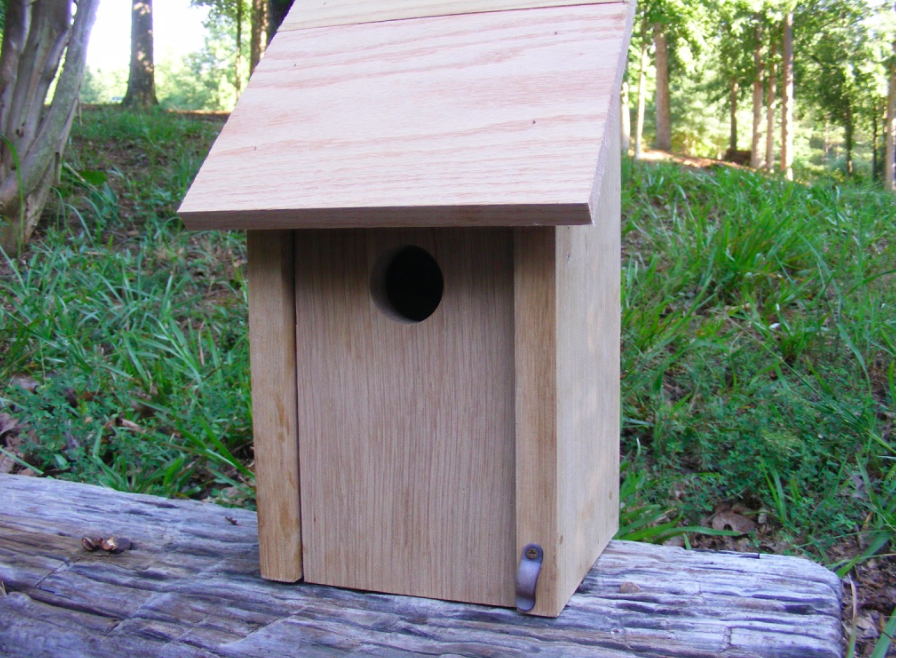 Step 7: Assemble the Bird House.
Step 7: Assemble the Bird House.
I looked at several bluebird houses prior to making mine. I would say 50% were fastened with wood screws and 50% with a nail gun. I opted for the nail gun since it made for faster work. Since I’m using wood glue, I felt the nail gun was probably good enough for a bird house (time will tell). You may elect to go with wood screws if you wish. You may want to drill some pilot holes though to avoid splitting any wood.
The photos above follow the assembly steps very closely.
First, I put together the sides, the back and the floor of the birdhouse. I applied wood glue along all the joints and held the boards in place with the Quickgrip Hand Clamps. This did two things: it helped make sure the glue got spread out and pressed into the wood fibers, and it held the boards in place while I used the nail gun to fasten.
I drilled 4 – 3/8 inch drainage holes in the floor.
Next, I fitted the door in place by drilling 2 pilot holes and then lightly tapping a finishing nail through on each side. Those two nails will work as a hinge so the door can be opened when periodically cleaning the box out. At this point, you’ll want to test the door out to make sure swings open easily.
I transferred the little latch from the old, dilapidated birdhouse over to this new one. This latch is screwed in on one side and pivots on that screw. Obviously, you slide the latch up when you want to open the door. Note that the door will not swing open all the way once you attach the roof. But you’ll have a big enough gap to put your hand in to clean out the bird house.
Next, I added an mounting board to the back of the birdhouse. You’ll notice that the mounting board projects out a few inches above and below the main bird house. This gives me a way to mount it to a tree or post and I won’t be encroaching the main bird house body.
Lastly, I added the roof. I wanted about a 1 inch overhang on the sides and a 2 inch overhang on the front, which ultimately determined the 9.75″ by 7.75″ dimensions. I ended up cutting out 2 pieces for the roof because the original board’s dimensions wouldn’t work. I cut a 45 degree miter on one board so it would rest smoothly on the back board. Again, I used wood glue and fastened with the nail gun. You want to make sure that angle side butts up evenly with the mounting board and you have a good glue seal here. This will keep water out of the interior.
Step 8: Sand.
Since I’m applying paint, I didn’t sand very much. Just used 120 grit and my Black & Decker mouse. I made edges around the box and the hole round and smooth. It is okay to leave the interior boards rough. As I understand it, this will make it easier for fledglings to climb to the entrance hole.
Step 9: The Finish.
To finish or not to finish, that is the question. There seems to be a lot of debate on this, and we should probably lean toward the bird’s side on this one. In the wild, a bird typically likes to live a low-key existence, probably in an old hollow tree or an obscure nest. So most folks recommend leaving the house unfinished. Of course, those newly bought boards will eventually weather to a gray color that will blend in well with the forest.
Reminder: DO NOT apply any finish to the interior of the bird house.
Since I used oak, I decided to go with an exterior, non-toxic latex paint. And, obviously, I gave it a patriotic theme — red, white and blue. Maybe it will ward off any pesky communist birds. I used stencils from my local craft store to paint the star and the acorn and leaf.
As I already mentioned, I decided to remodel the old bluebird house and make it like new again. See the before and after photo below. Check out a future post where I’ll show you how I remodeled the birdhouse. That house was made of cedar and has lasted for many years.
As of this writing, I’m still getting Bluebirds coming to the cedar house. The oak house went to Montana with my former next-door neighbors. And they are still attracting western Bluebirds.
Bluebird House Placement
The Audubon Birdhouse Book recommends mounting the bluebird house around eye level. Go higher if you think it will help ward off predators. Bluebirds like open areas such as big yards, fields, or orchards. If possible, place the house on the edge of a wood line, overlooking an open or semi-open area. Also, try to point the entrance away from prevailing winds. Consider shade needs as well, so the house will stay comfortable for nesting birds in the summer. Consider adding predator guards if that is an issue.
I hope that you enjoyed the tutorial and encourage you to get one of the books. The Audubon book is very informative and goes into more details on bird habits and their habitat. Please consider joining my blog for free so you won’t miss out on new and free tutorials like this one.
If I’ve missed anything or you have questions about the tutorial, please enter them in the comments field. I’m always looking for constructive feedback as well. Please let me know if my design could be made any better.
Happy woodworking!
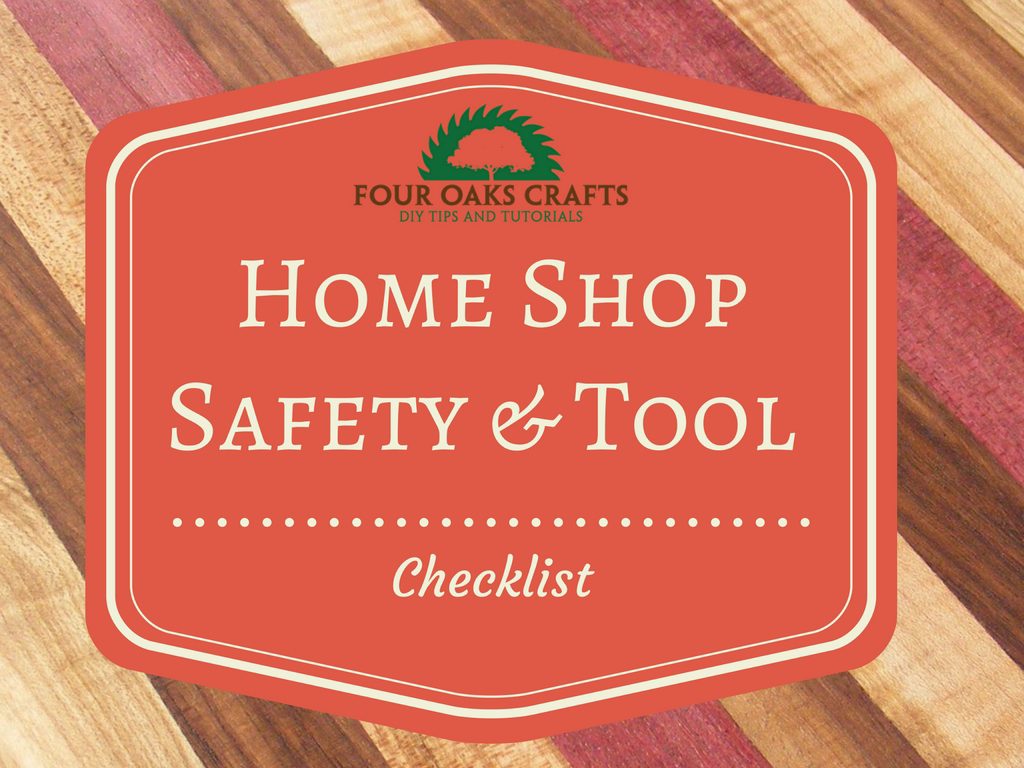
Are you starting up a new shop? Want to work safer in your shop? To help you answer these questions I've put together a 2-part checklist -- Home Shop Safety & Tool Checklist.
I will also send you updates of my latest woodworking and DIY projects. You can get all this by subscribing to my free email newsletter.
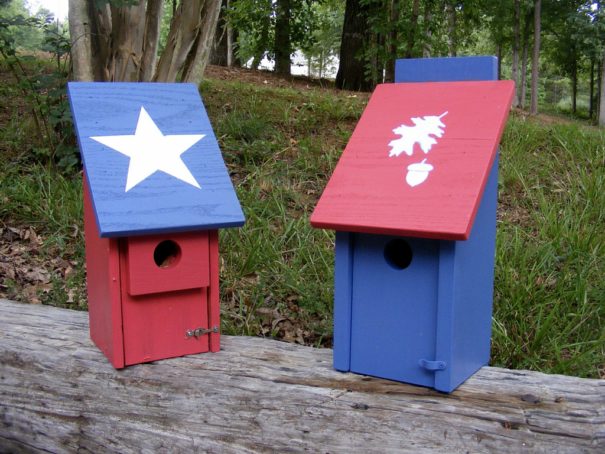
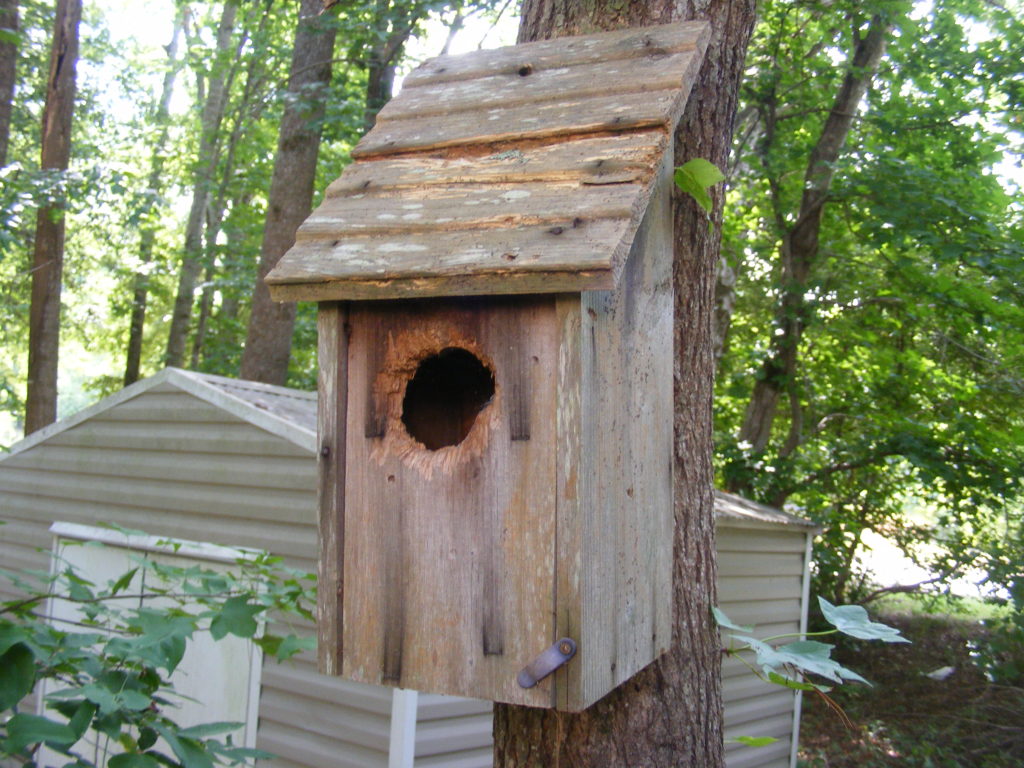
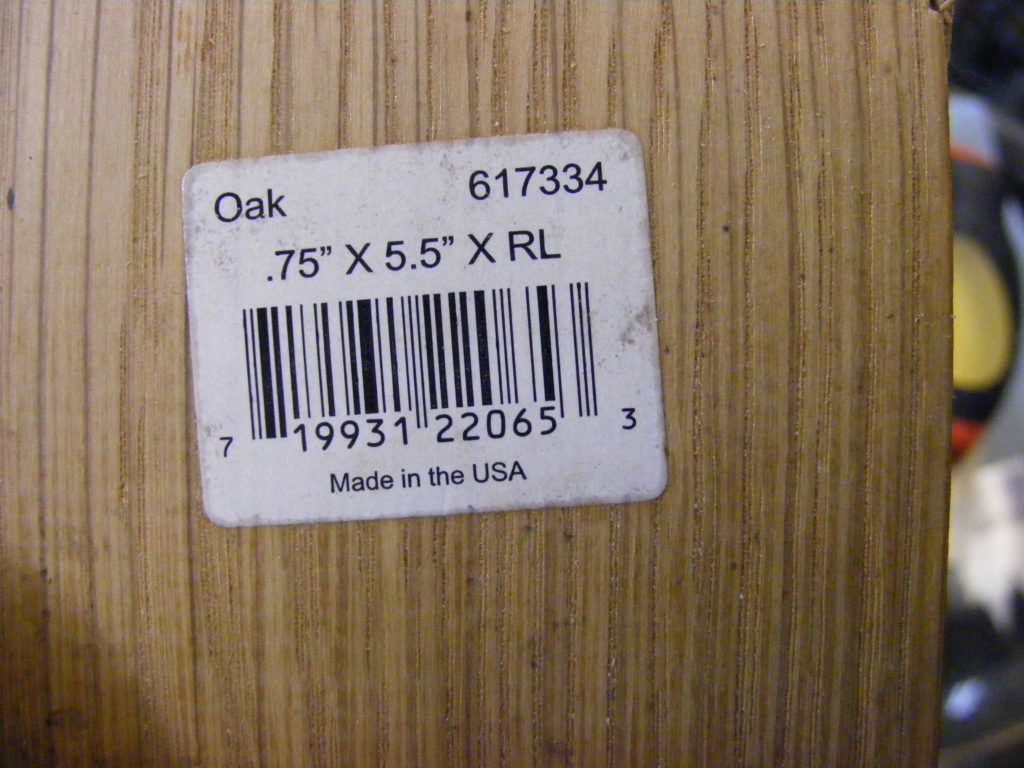
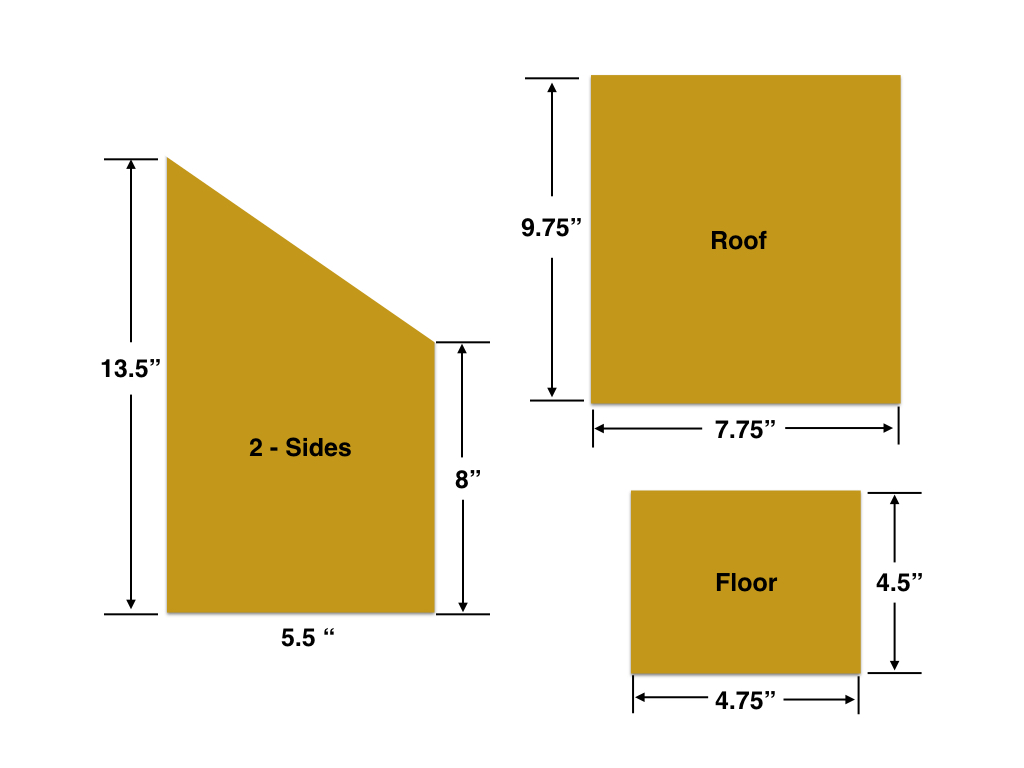
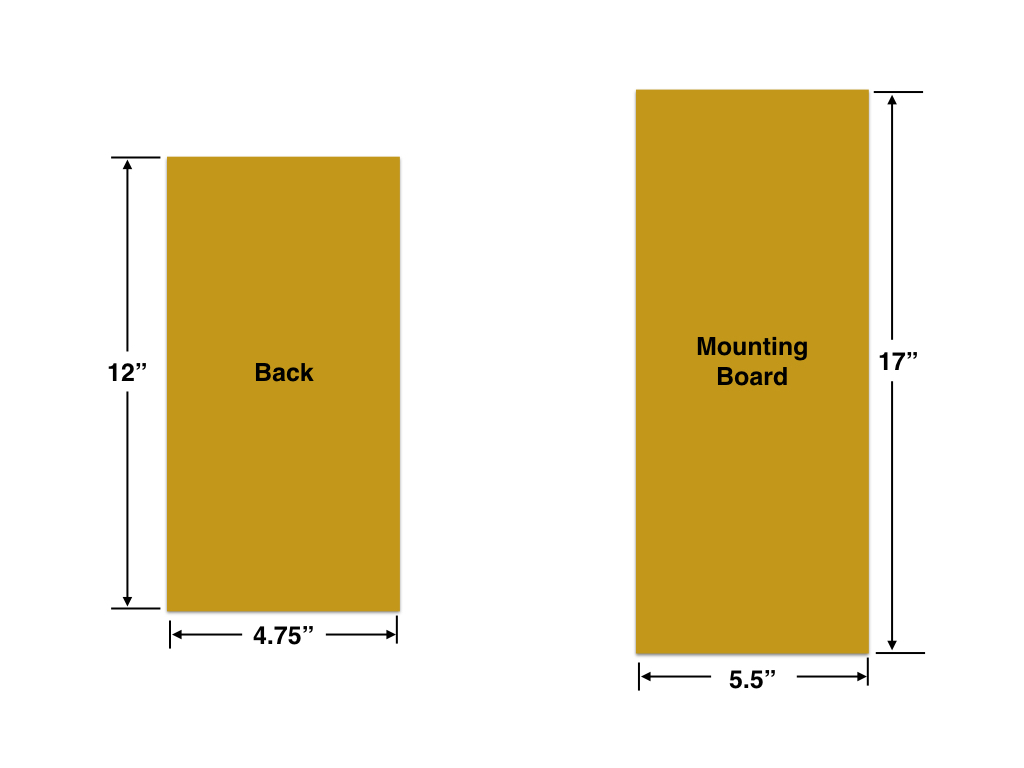
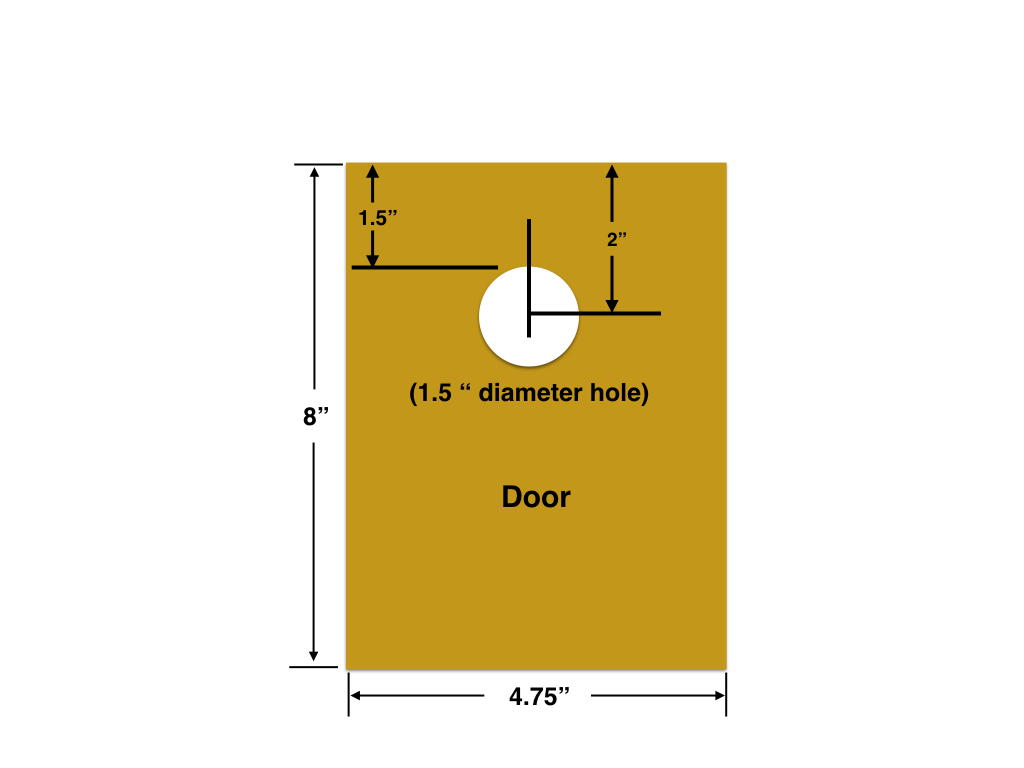
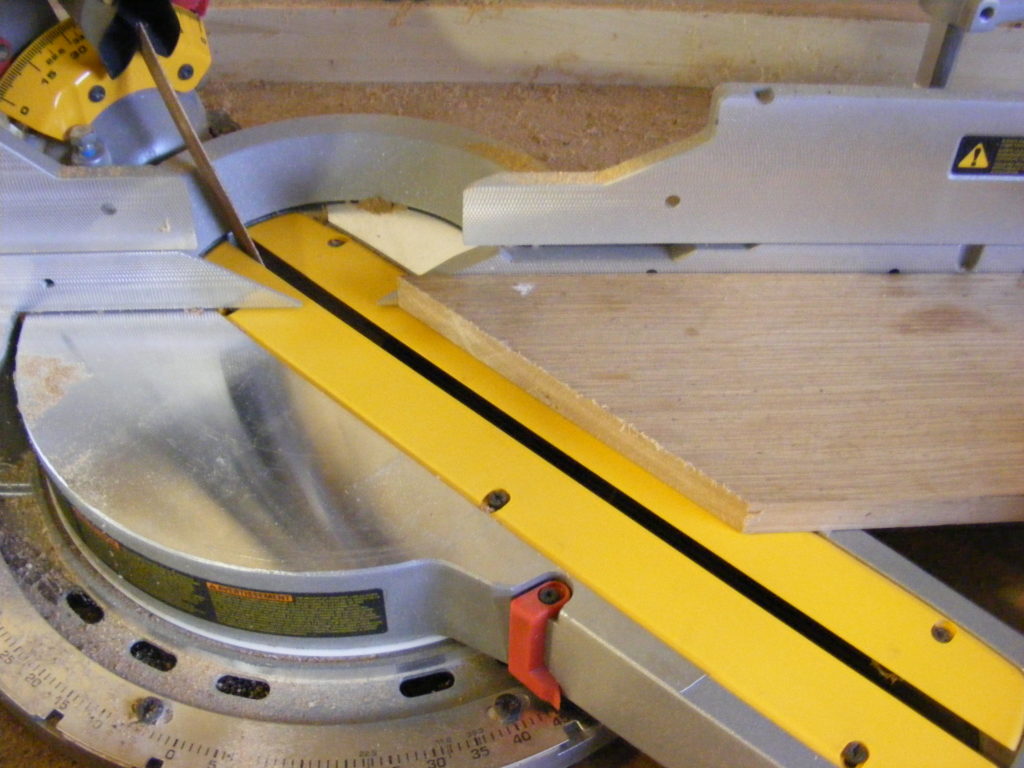
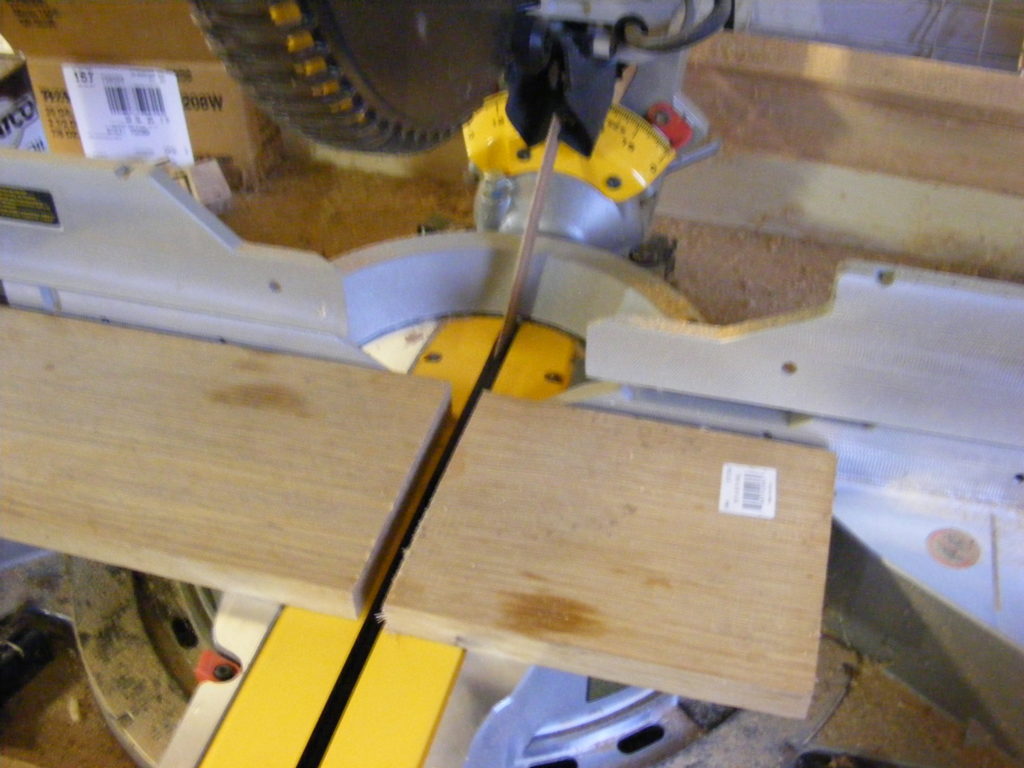
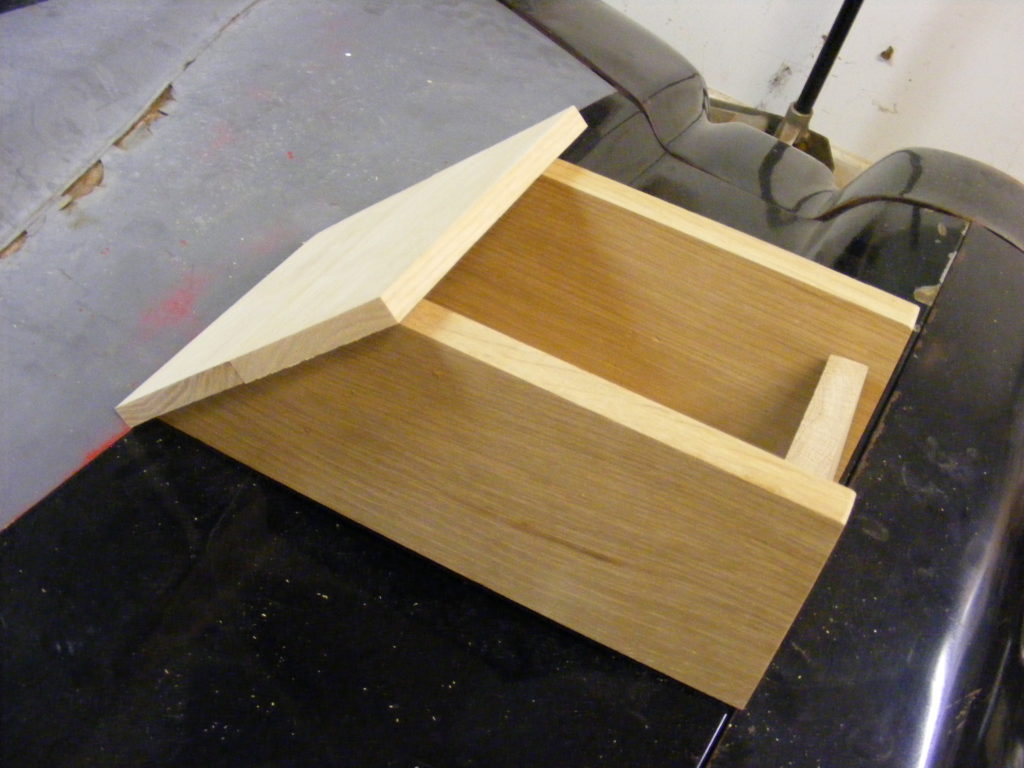
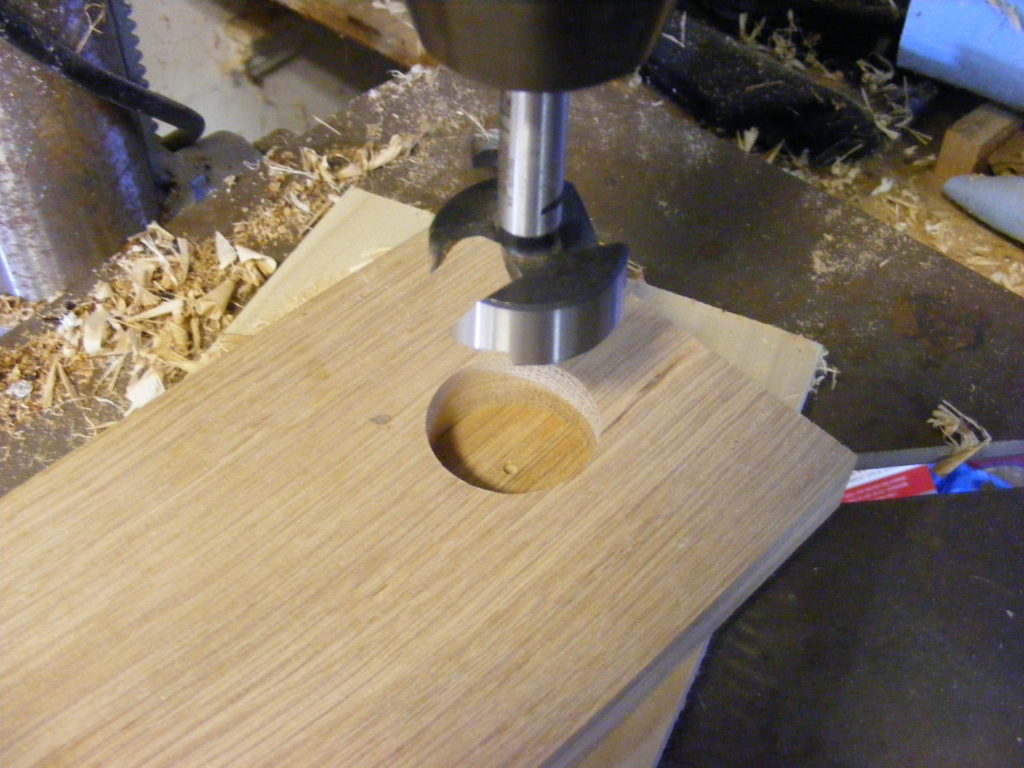
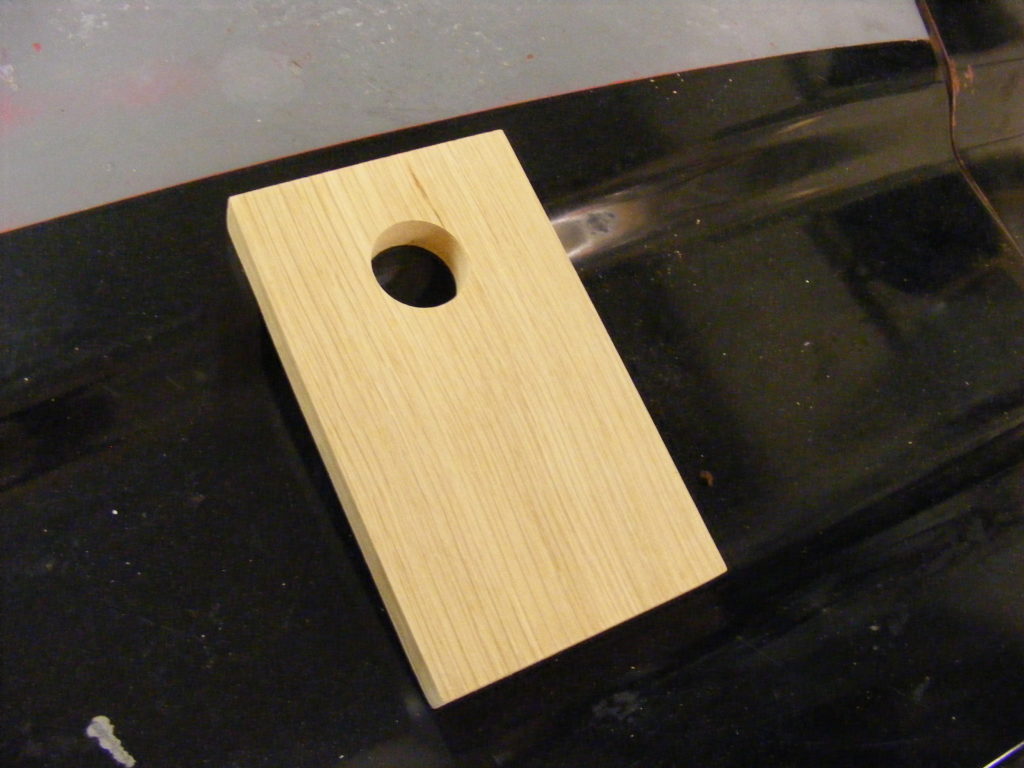
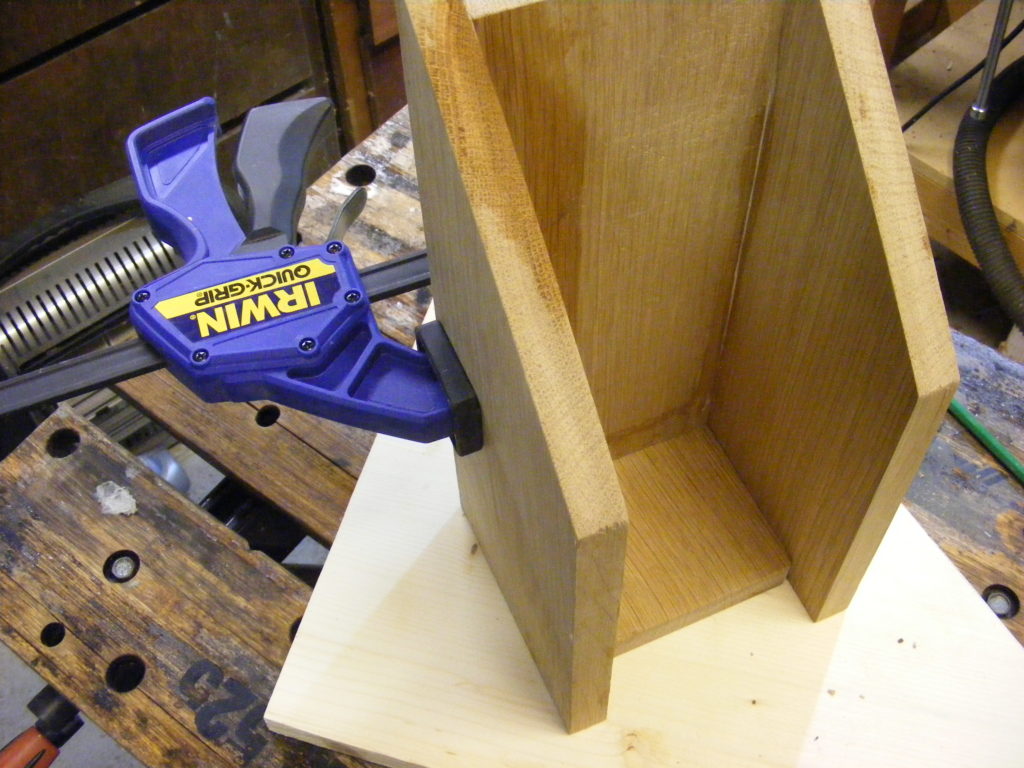
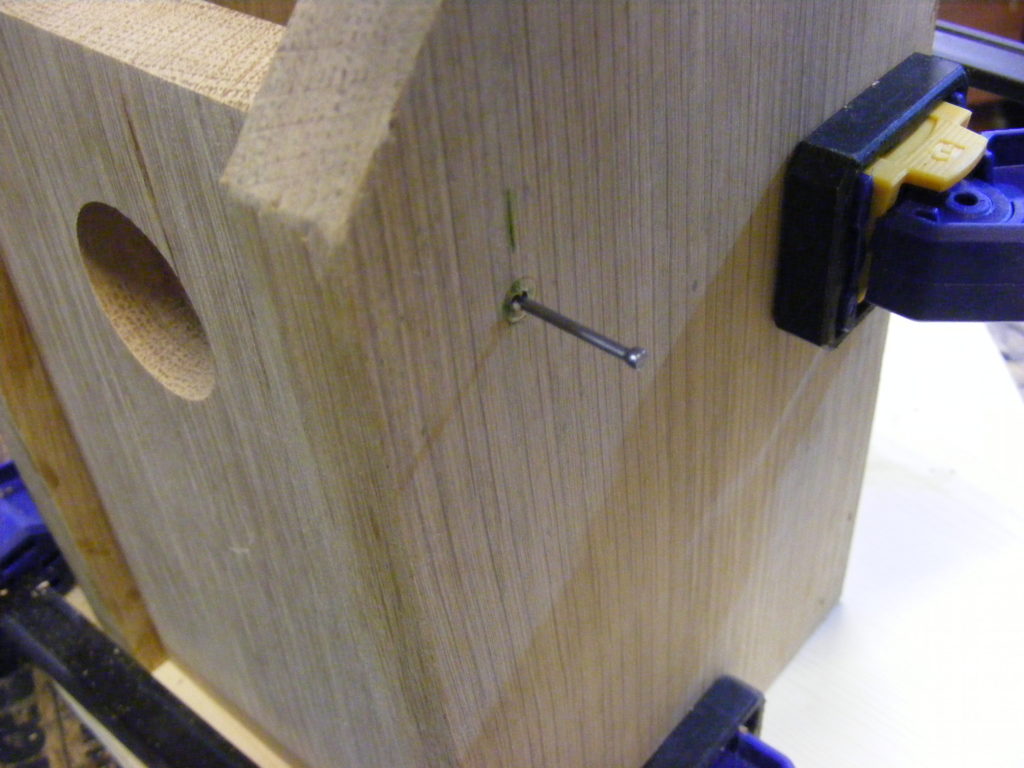
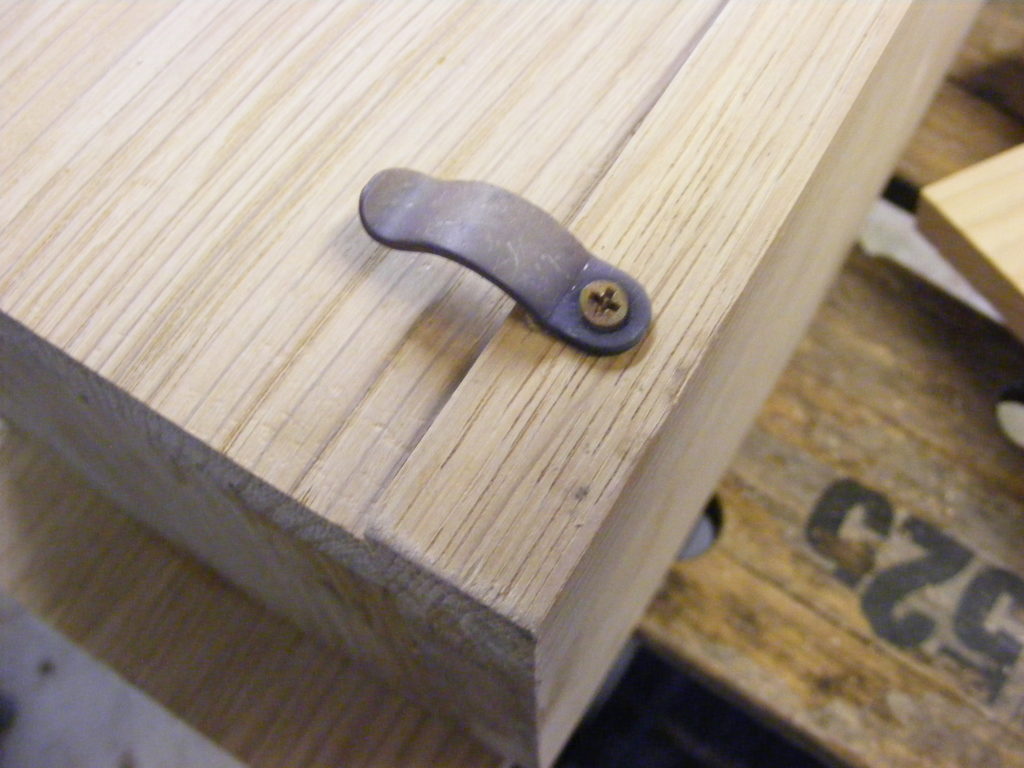
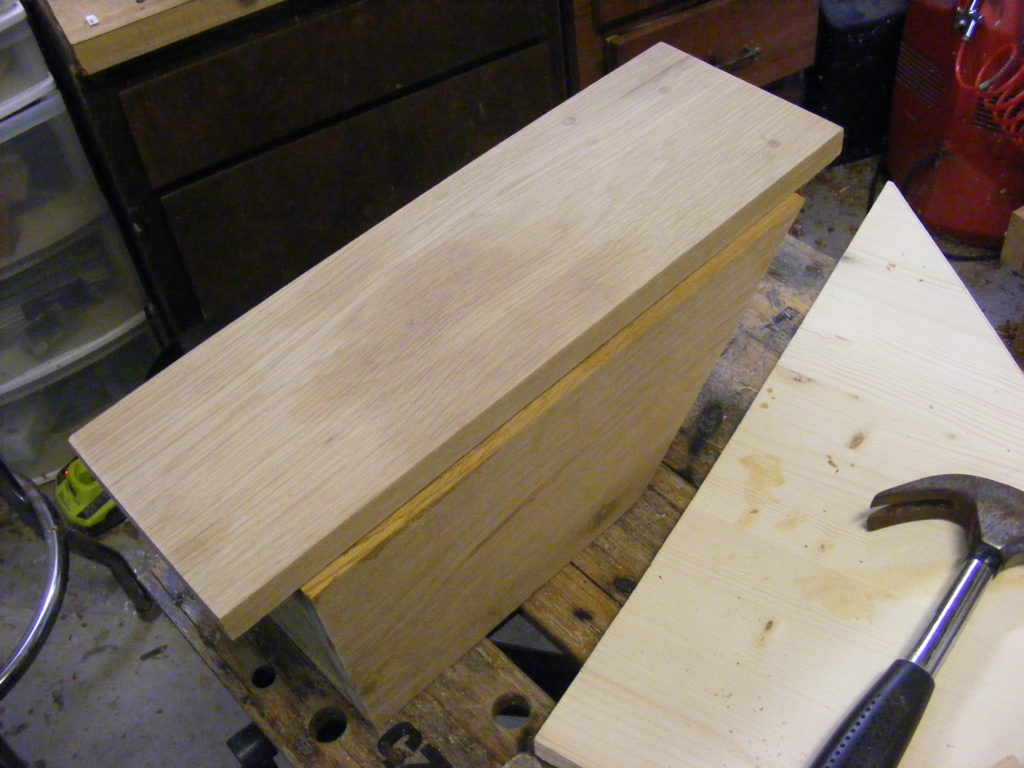
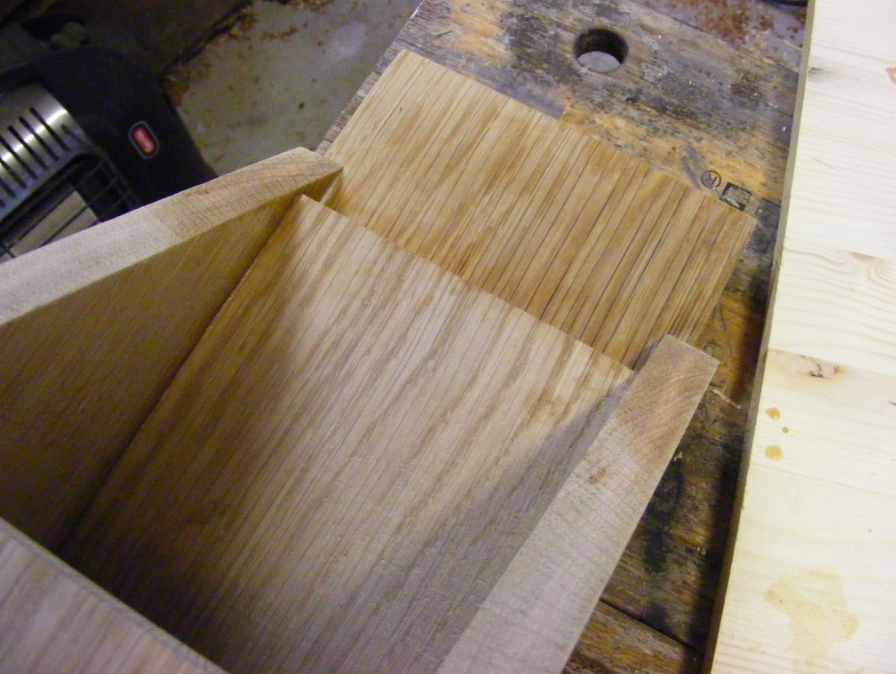
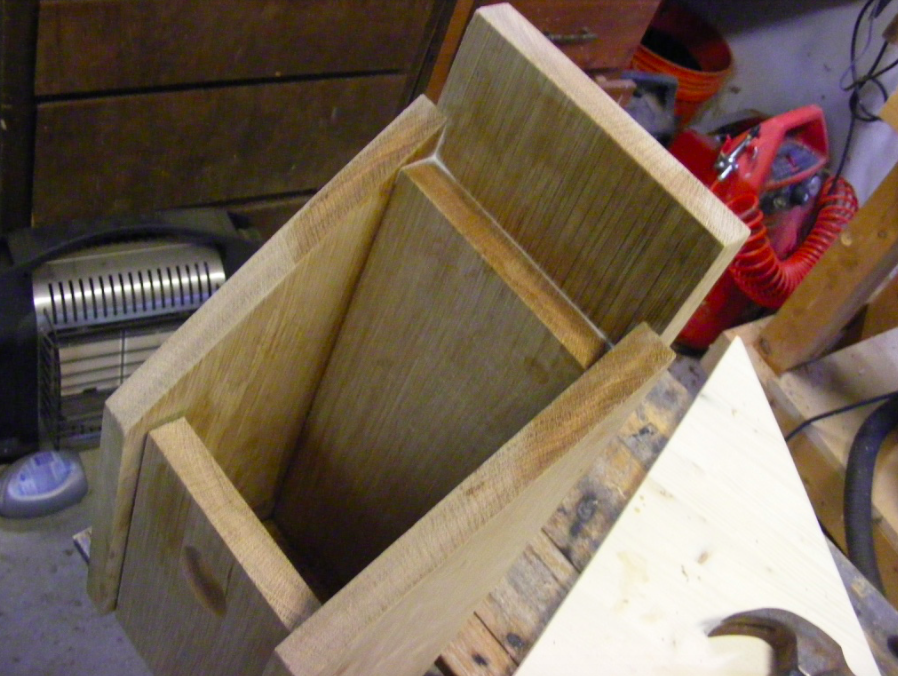
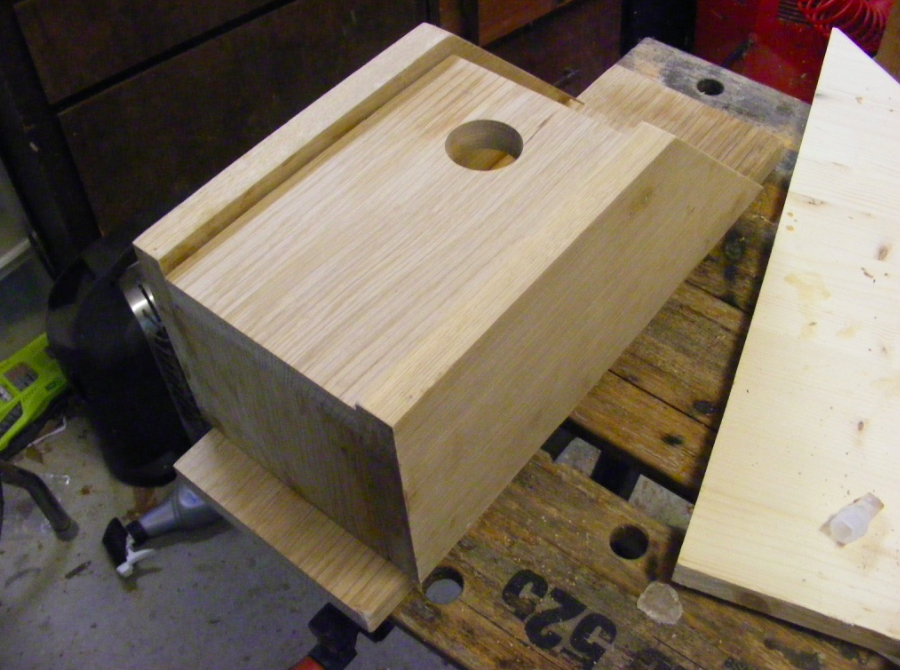
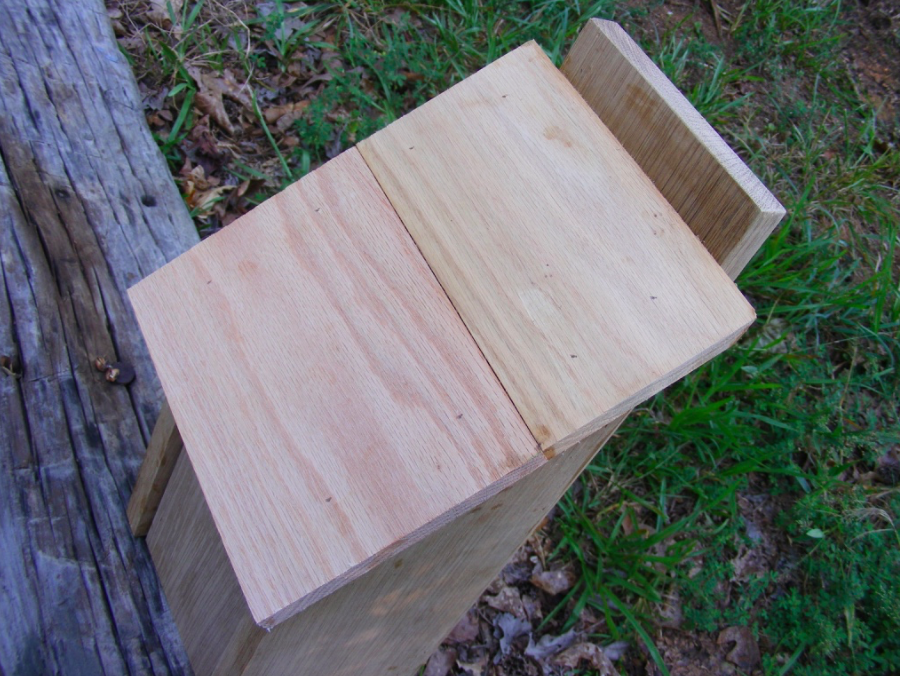
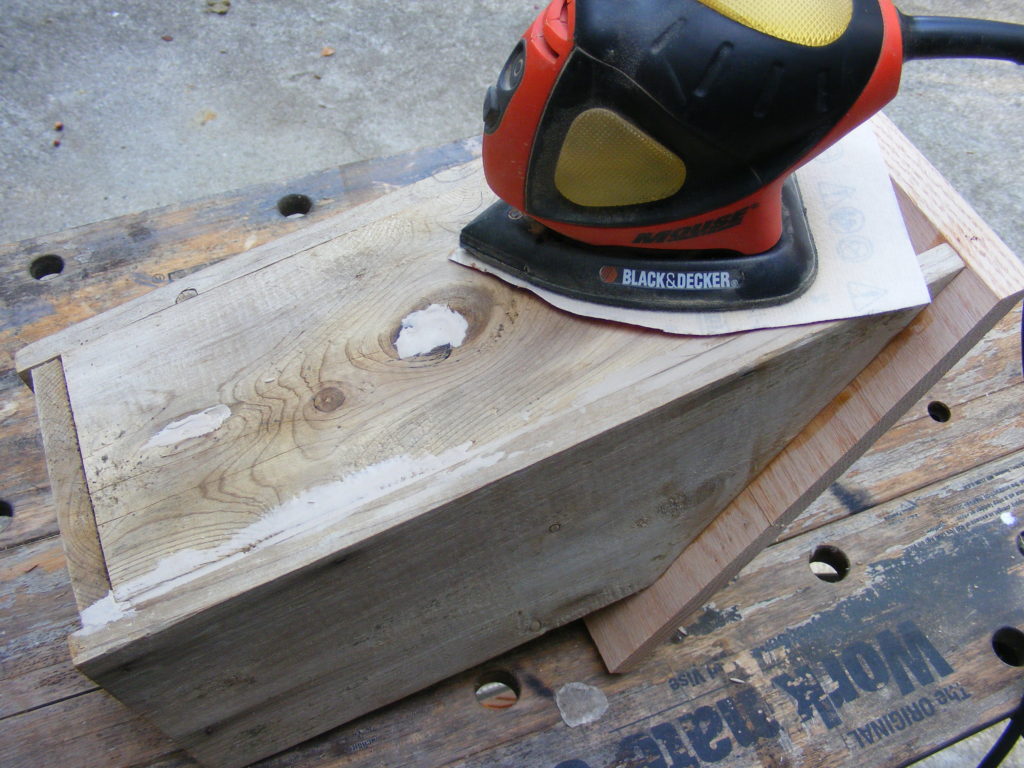
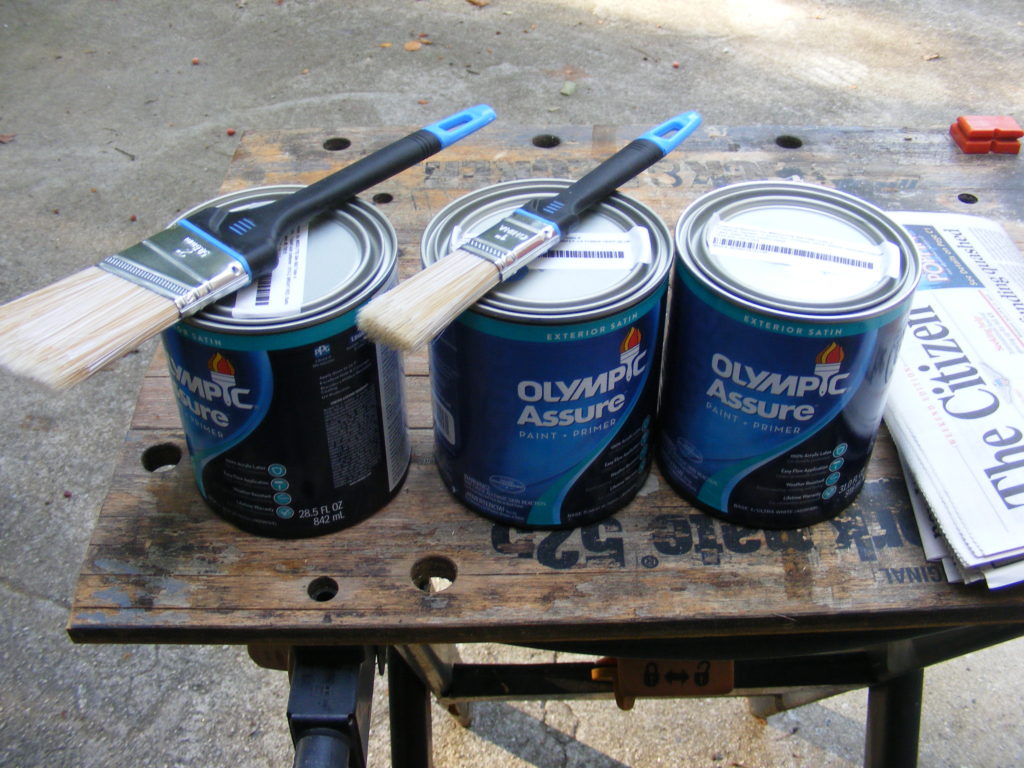
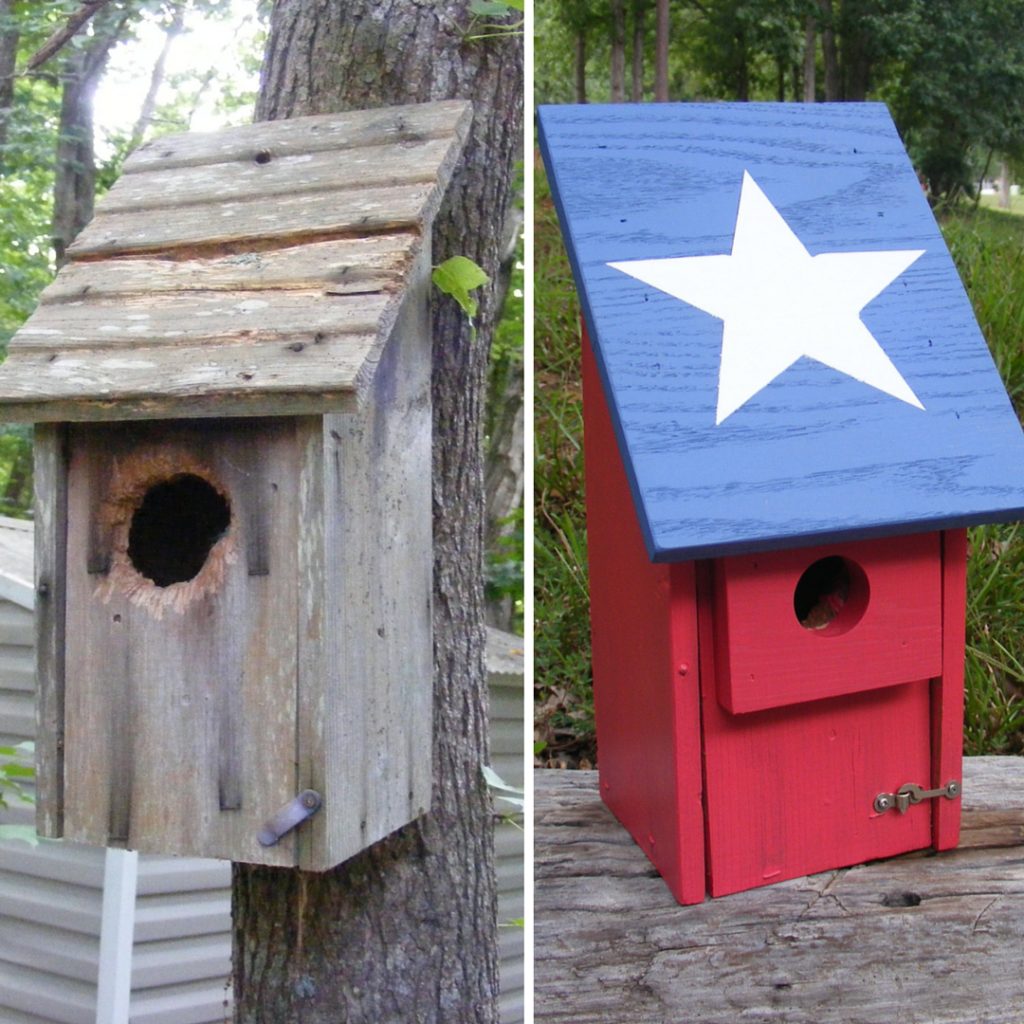
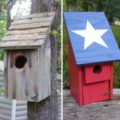
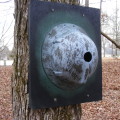
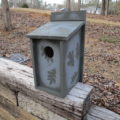
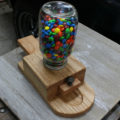


1 thought on “Make a Bluebird House”
Comments are closed.